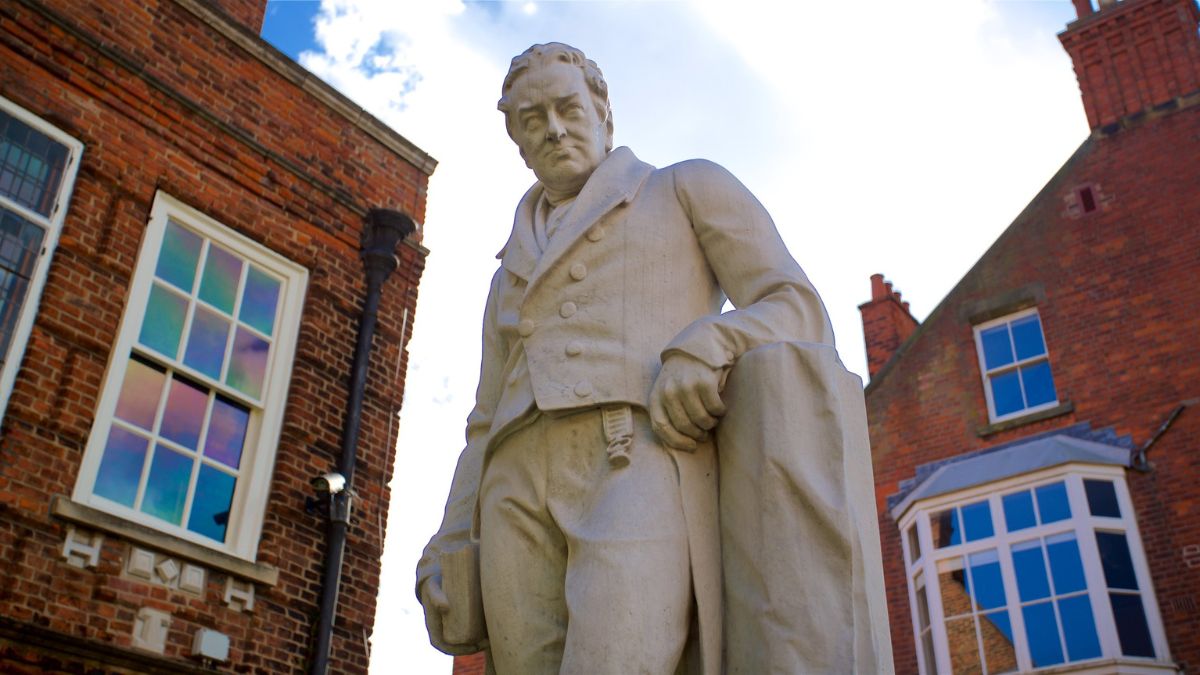

BreakPoint
Written In Stone
Walking past a newsstand this week, your eye may be caught by a dramatic painting of Adam and Eve on the cover of U.S. News and World Report. Alongside the two figures, the title of the cover story asks, "Is the Bible True?" Flip open the magazine and you'll find that the answer is a confident "yes!" U.S. News has summarized exciting new archaeological evidence that confirms the historicity of the Bible. For example, a few years ago, a group of archaeologists found an Assyrian stone tablet in Northern Israel dating from the ninth century B.C. The Aramaic inscription listed Assyria's foes. Included in the list were the words "king of Israel" and "house of David." The significance of these findings is that they toppled years of archaeological skepticism. Many archeologists have long questioned the historical accuracy of the Bible, maintaining that there was no such person as King David. They pointed to the lack of any reference outside the Bible to David in the archaeological remains from Assyria, Egypt, or Babylon. They argued that David's name, a Semitic word meaning "beloved," was evidence that biblical writers created a legendary king to create a glorious past for Israel. But now archaeology has given proof that King David was an historical figure after all—exactly as the Bible teaches. This latest discovery isn't the first time the evidence has confounded the skeptics. For instance, Kenneth Kitchen, an Egyptologist at the University of London, told U.S. News that documents recently discovered in Syria confirm the amount of money Joseph's brothers received when they sold him into slavery. According to the book of Genesis, it was twenty silver shekels. In later centuries, the price typically paid for slaves in Israel was ninety to one hundred shekels. If the biblical account was made up later, as skeptics have argued, then the authors would have picked a sum much closer to the going rate at the time. Archaeological discoveries also help document the veracity of Testament texts. For example, scholars have long doubted gospel accounts of Jesus' burial. They maintained that the Romans simply tossed crucified bodies into a common grave or left them to be scavenged by wild animals. But archaeologists recently discovered the remains of a crucified man, a contemporary of Jesus, buried in a family grave. These remains suggest that the Romans did allow for the kind of burial described in the gospels. Why are secular scholars constantly being refuted? The answer is that they approach scripture from a naturalistic perspective that discounts any document that speaks of the SUPERnatural. Since the Bible records miracles as though they really happened, the Bible is simply discounted out of hand. Scripture is reduced to stories that merely illustrate theological points, while containing little that is historically accurate. But, as the U.S. News article illustrates, this distinction is crumbling under the weight of empirical evidence. The latest archaeological news is an exciting reminder that Christians have nothing to fear from scientific inquiry. In fact, we welcome it. The next time you hear Christianity characterized as an ancient legend, be prepared to describe the exciting evidence unearthed by archaeology. To answer the question on the cover of U.S. News—yes, the Bible is really true.
10/27/99















